Keywords
|
| RFID,Alcohol Sensor, Kiel software, 8052 |
INTRODUCTION
|
| The Embedded System Designed For Easy To Pay Toll Fees Using RFID and It Detects Alcohol at Driver to Prevent Accidents on the Highways. In this project we mainly focused on avoiding accidents and make more safe journey on the highways and to avoid delays near toll plaza |
| We used RFID system for authentication of vehicles and for collection of toll fees by providing vehicles with their own RFID tags and some money in their vehicle id tags. So, whenever they enter the toll plaza they are authenticated by RFID system and the amount of that particular cost will be deducted from the card. If no amount in the card there is a facility to recharge the card at the toll gate itself. And then the vehicle is moved forward for next level that is alcohol sensor where the driver has to breathe and alcohol sensor detects whether the person ids drunken or not, if the alcohol is sensed then the gate remains closed then the vehicle is moved towards parking area. The RFID system is placed at the toll plaza in the entrance of the vehicles. |
| In the next level the driver has to pass the alcohol sense system level. The RFID card reader which we will use is work with 125 KHz frequency. And the distance our reader can track is 6 to 8 centimetres. The total details of recharging cards and deduction amounts will be displayed on the LCD.If the vehicle not supposed to have his RFID tag then he has to move towards manual section where he will pay his toll fee manually and pass towards to alcohol sense level system and it cause some delay and traffic is congested. |
II. RELATED WORK
|
| In [1]authors Designed a system to give complete solution for traffic and transport related problems such as Toll gate control, traffic signal control, traffic rules violation control, parking management and special zone alert using the latest RFID technology. It is proposed as a low cost optimized solution using RFID and GSM mobile technology. In[3]authors RFID performance deficiencies discovered in recent high profile applications have highlighted the danger of selecting only passive tags for an application because of their lowest cost relative to other types of RFID tags. Consequentially, battery-based RFID technologies are being considered to fill those performance gaps. A mix of both passive and battery-based RFID technologies can provide a more cost effective and robust solution than a homogeneous RFID deployment. In[4] authors proposes a new technical and legal approach for responding to concerns about the privacy of personal data in RFID systems by extending the framework of online personal data licensing (OPDL) and applying the framework to RFID environment. In our proposed approach, organizations must obtain licenses before collecting a person's data via RFID technologies. In[5] authors presented about the RFID transponders with EPCs on them used as tags on everyday use products allow for identification of individuals. EPCs on RFIDs allow a new type of privacy invasion As legal regulation inherently cannot prevent misuse, but just sanction it, the technical designs of systems have to provide precautions to protect the privacy of individuals by enforcing purpose-binding and deletion of collected data, and to prevent misuse by private or public entities. In[6] authors paper has identified synchronization of RFID readers as a mechanism to assist in RFID reader deployment in dense reader environments. Some implementation methods and several fine-tuning methods are also presented in optimizing the performance of a synchronized RFID system. As compared to conventional unsynchronized RFID systems, a synchronized RFID system can offer more coverage, less reader collision or interference |
III.PROPOSED ARCHITECTURE
|
| In this work we are going to develop an embedded system board attached with a RFID card reader and cards will be given to all the vehicle users. Driver has to show his card while reaching to toll gate. The amount of that particular cost will be deducted from the card. |
BLOCK DIAGRAM:
|
| If no amount in the card there is a facility to recharge the card at the toll gate itself. After the vehicles will be send to the alcohol test if there is any sensing the gate will not be open the other way at parking or other condition when sensor has not sense road gate will be open |
| The RFID card reader which we will use is work with 125 KHz frequency. And the distance our reader can track is 6 to 8 centimetres. The total details of recharging cards and deduction amounts will be displayed on the LCD. |
IV. INTERNAL SCHEMATIC OF THE SYSTEM
|
| This is the internal schematic of the system and in this we are clearly representing about the different connections given to the microcontroller. LCD display is connected to port 1 and port 3 is connected to RFID card reader and this card can identify the RFID tags. |
| Microcontroller will get power from the transformer and at the same time RFID card reader will also get the power from transformer |
V.COMMUNICATION BETWEEN RFID AND TAGS
|
| The Communication process between the Reader and Tag is managed and controlled by one of several protocols, such as the ISO 15693 and ISO 18000-3 for HF or the ISO 18000-6, and EPC for UHF. |
| Basically what happens is that when the reader is switched on, it starts emitting a signal at the selected frequency band (typically 860 - 915MHz for UHF or 125khzfor HF). Any corresponding tag in the vicinity of the reader will detect the signal and use the energy from it to wake up and supply operating power to its internal circuits. |
A.ANTI-COLLISION
|
| If many tags are present then they will all reply at the same time, which at the reader end is seen as a signal collision and an indication of multiple tags. The reader manages this problem by using an anti-collision algorithm designed to allow tags to be sorted and individually selected. There are many different types of algorithms (Binary Tree, Aloha....) which are defined as part of the protocol standards. |
B.RFID READER USED IN PROJECT
|
| The RFID Reader used in our project is 28 pin IC. The pin-out diagram of RFID Reader along with its clip is shown below. |
| Currently the applications of RFID include material handling, logistics, warehousing, manufacturing, personal identification and many more applications. Simply put, applications are limited only by your imagination. RFID is a 28 pin IC and this will get power supply from transformer. |
C.ALCOHOL GAS SENSOR
|
| This alcohol sensor is suitable for detecting alcohol concentration on your breath, just like your common breathalyzer. It has a high sensitivity and fast response time. Sensor provides an analog resistive output based on alcohol concentration. The drive circuit is very simple, all it needs is one resistor. A simple interface could be a 0-3.3V. |
DIMENSIONS:
|
| 1. 16.8mm diameter |
| 2. 9.3 mm height without the pins |
VI.RESULTS
|
| The Embedded System was designedfor Easy to Pay Toll Fees Using RFID andAlcohol sensor to Prevent Accidents on the Highways was tested using some alcohol contents and the results were found good enough and system performed systematically. |
VII.APPLICATIONS
|
| 1. The system we can use to collect toll amount automatically. |
| 2. The system can also be used to at drink and drive. |
VIII.ADVANTAGES
|
| 1. At toll plaza paying time will be saved |
| 2. This system using RFID provides good authentication |
| 3. System can avoid the accident caused by drink and drive. |
IX.CONCLUSION
|
| The Implementation of Embedded system using RFID and alcohol sensor at the toll plaza has been successfully designed and tested. |
| Integrating features of all the hardware components used have developed it. Presence of every module has been reasoned out and placed careful |
| lly thus contributing to the best working of the unit. |
| Secondly, using highly advanced IC’s and with the help of growing technology the project has been successfully implemented. |
FUTURE SCOPE
|
| Implementation of image processing for centralize data recording: |
| In our present concept we are only using the RFID system for vehicle detection. So we can extend the scope of this concept in other way for centralize data recording. For that purpose we can use the IR courting at the entry gate which is followed by the Camera which will be continue sly capturing the images of the vehicles entering into the toll plaza. And the third step the RFID is collecting the vehicle number. Now when the vehicle passes through the IR courting it tresses the outline of the vehicle, in the next step the camera will take the image of the vehicle & followed by the RFID to record the data related to the vehicle. The load cell weighs the vehicle & classifies it into two categories as light & heavy vehicle respectively. The whole data collected together & sent to the centralize server which will store it for stipulatedtime. This application will help in detecting the vehicles in the crime cases like terrorism&smuggling of goods & it will also reduce the load on check posts |
Figures at a glance
|
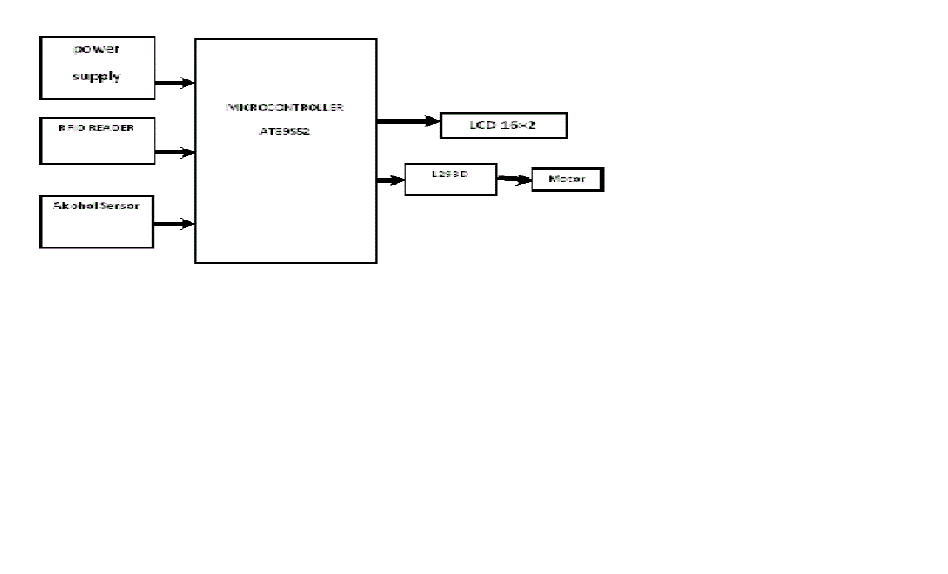 |
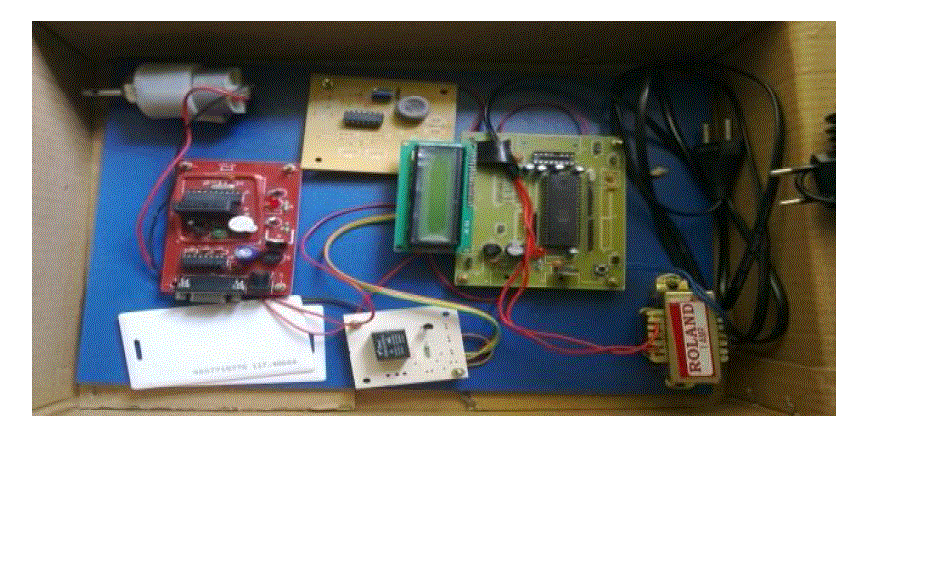 |
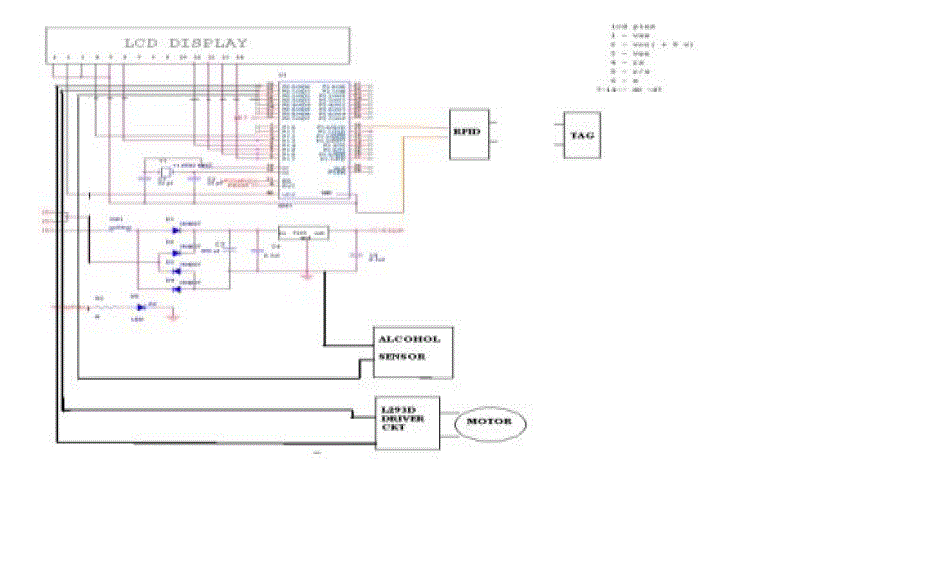 |
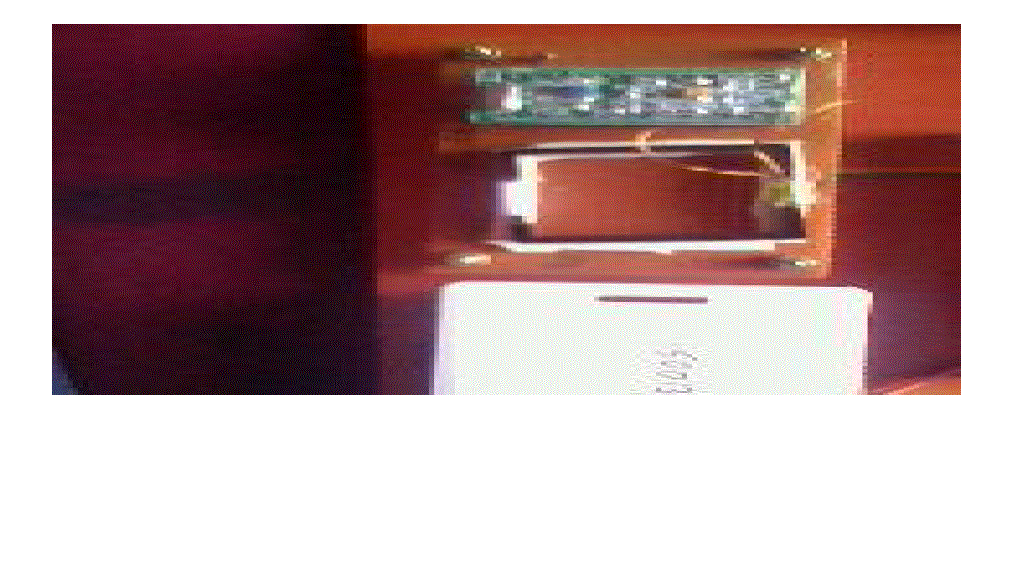 |
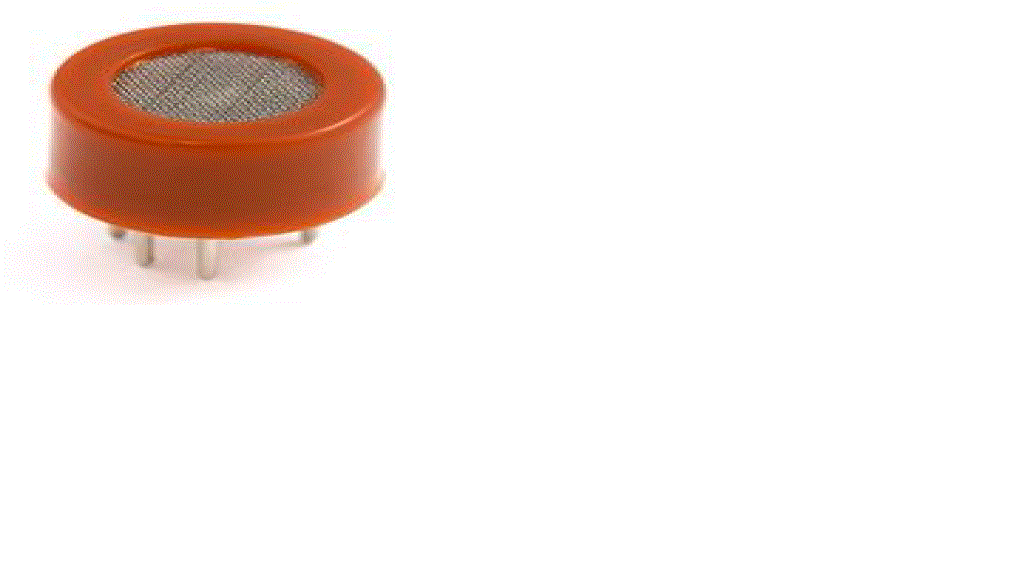 |
| Figure 1 |
Figure 2 |
Figure 3 |
Figure 4 |
Figure 5 |
|
| |
References
|
- Sachinbhosale.,dnyaneshwarnathawavhal.” Automated tollplaza system using rfid” international journal of science, engineering and technologyresearch (ijsetr), issn: 2278 – 7798, volume 2, issue 1, january 2013.
- Sewon oh, joosang park, yongioon lee, "rfid-based middleware system for automatic identification", IEEE international conference on serviceoperations and logistics, and information, 2005.
- Raj bridgelall, senior member, ieee, “introducing a microwireless architecture for business activity sensing ", IEEE international conference rfid,april 16-17,2008
- shi-cho cha kuan-juhuanghsiang-mengchang, “an efficient and flexible way to protect privacy in rfid environment with licenses ",IEEEinternational conference rfid, april 16-17, 2008.
- Markus hansen, sebastianmeissner: identification and tracking of individuals and social networks using the electronic product code on rfid tags,ifip summer school, karlstad, 2007.
- Kin seongleong, munlengng, member, IEEE, alfio r. Grasso, peter h. Cole, "synchronization of rfidreadersfor dense rfid reader environments”,international symposium on applications and the internet workshop (saintw’06), 2005
- Impinj, “RFID operation in Europe,” ETSI Electromagnetic Compatibility and Radio Spectrum Matters, Task Group 34, RF Identification Devices,ETSI ERMTG34#12_11r1, 7 Feb. 2006
- Manish Buhptani, ShahramMoradpour, "RFID Field Guide -Developing Radio Frequency Identification Systems",Prentice Hall, 2005, pp 7-9, 16-225, 160, 231.
|